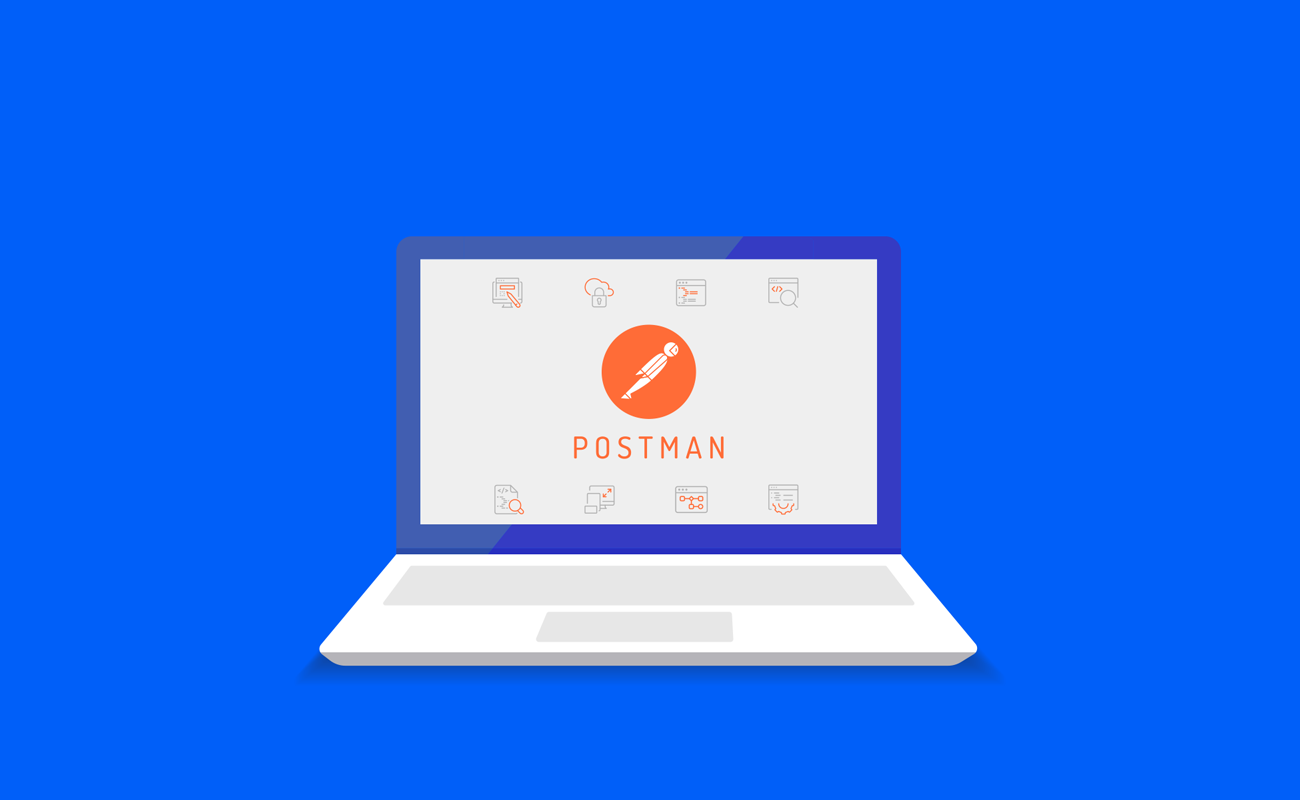
Top 5 reasons your e-commerce seller account has been suspended
NOVEMBER 12, 2021 | ACCOUNT MANAGEMENT
It’s the nightmare of every Amazon or eBay merchant: the email that says “Your account has been suspended”. With that, the basis on which your business has been built has gone. Appeals rarely result in reinstatement, even with a clearly declared PoA (plan of action). This week, we’re exploring some of the top reasons for bans and the best ways to work on e-commerce marketplaces.
The top causes of e-commerce account bans
1. Invalid or missing product information
It’s absolutely crucial that your products be set up according to the marketplace’s rules. For example, if there is any suspicion of so-called ‘listing hijacking’, if you have perhaps borrowed information from a similar product to save time, you will likely see your account suspended for suspicious activity.
Almost every marketplace out there, including Amazon and eBay, will require some form of unique product identifier, such as a GTIN (global trade item number) like a UPC (universal product code) for clothing or ISBN in the case of books. In Europe, you’ll also commonly see an EAN (European article number) and the equivalent JAN in Japan.
If you fill these in with self-created codes, this will be flagged. For Amazon, for example, you need to ensure you’ve purchased codes that are logged on the GS1 UPC database.
2. Invalid or missing account information
Just as above, any account with seller privileges should be completely unique. If you’ve set up several accounts with the same details, or you’ve shared details with friends – and we have seen this topic come up! – then you will find yourself running afoul of most marketplaces’ policies.
If you use the same branding or logo as another seller who has it copyrighted, or otherwise infringe upon others’ intellectual property in your account, even unintentionally, you will likely find your e-commerce account has been banned.
If you’re a business selling regulated items like medicine, some foodstuffs or jewelry and watches, you will normally need to get pre-approval or show evidence of certification to the e-commerce platform.
3. Openly offering rewards for positive reviews
Otherwise known as ‘pay for praise’, this has historically been massively common among e-commerce vendors, as it is in many other sectors. However, some e-commerce marketplaces take a dim view of the practice as they believe it encourages positive reviews from those who wouldn’t otherwise give one.
You may have seen stories circulating in September 2021 that Amazon had banned over 500,000 sellers from the Chinese mainland for this widespread practice – so it’s important to ensure that if you do compensate reviews, it’s a level playing field and compensates all ratings, not just 5*.
4. Running multiple accounts
If you’re running multiple accounts on the vast majority of modern e-commerce sites, you run an immense risk of being banned – despite it being an important source of revenue for many small businesses competing with the giants.
While the original aim might have been to clamp down on doubled-up accounts selling the same products, this now means you run the same risk if you run multiple storefronts for other reasons: housing different brands or product niches separately, managing client accounts in an agency, and so on.
The algorithms that detect linked accounts are endlessly sophisticated (more on this in a moment) and all it takes is a small chink in your armor to be detected.
5. Creating an identical account immediately following a ban
If your business account has been banned or seller privileges have been suspended, you might be tempted just to open another account. This won’t work! If you use the same details as before, you will simply find yourself in the same situation as you were previously.
How to run multiple accounts on e-commerce platforms
Now, the above is all very well if the e-commerce giants are catching those engaged in fraudulent or duplicitous activity, but as many of us know, often there’s a ‘single point of origin’ for multiple accounts for good reasons. Perhaps you’re an agency handling multiple – even hundreds – of client accounts, or you’re the owner of multiple businesses selling in multiple niches.
The ways that third-party platforms detect your use of multiple accounts through detecting inconsistencies in your ‘browser fingerprint’, as our supplementary article explains, are meticulous. It can be something as obvious as sharing an IP between two accounts, or it could be red flags in your browsing history (or lack thereof), or something as tiny as improbable hardware settings for your supposed device.
This is where Multilogin comes in. Our anti-detect software allows you to run hundreds or even thousands of accounts through separate virtual browser profiles. Each browser profile appears as a unique and completely native device to third parties, meaning that your accounts do not leak between each other.







